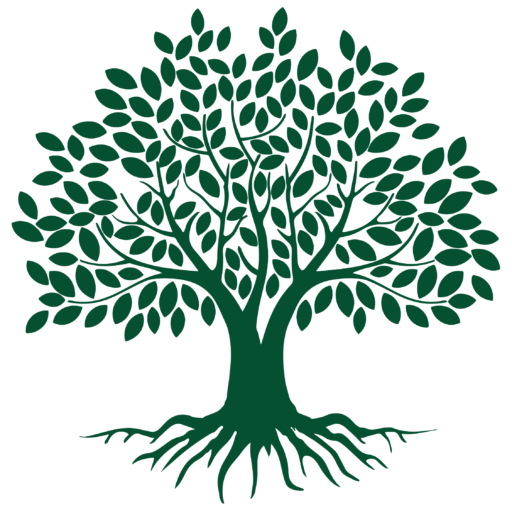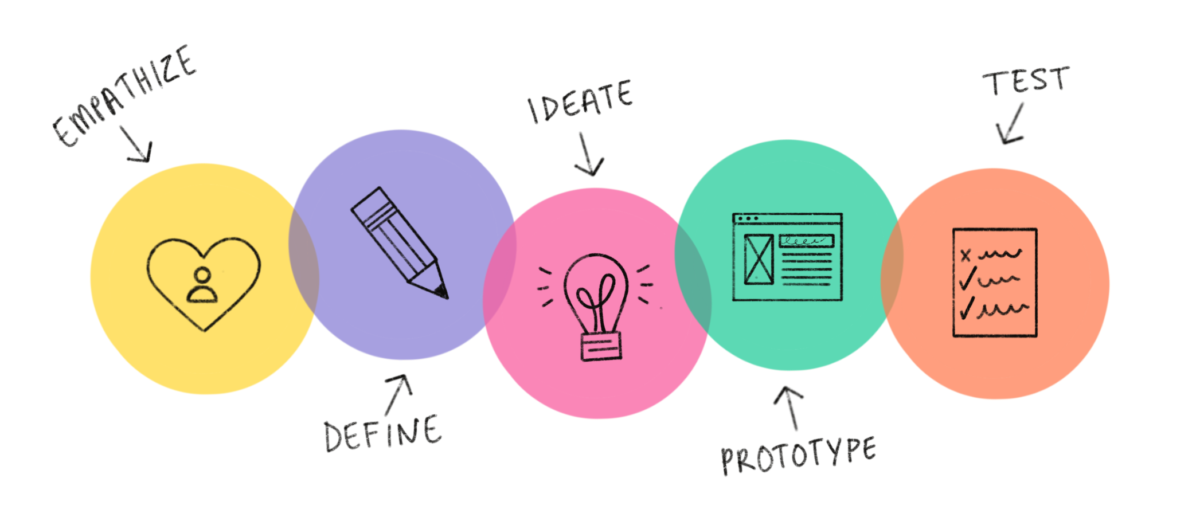Here are my short notes from the Design Thinking course at SPJIMR, Mumbai. I hope this helps you get an idea of design thinking and to help you solve problems, ideate solutions and generate new and innovative solutions.
- Human centered Design
- 3i’s of design thinking –
- Insights (empathy, immerse, observe, ask, listen to stories)
- Ideas (use design principles, check assumptions)
- Impact (make prototype, go to users for continuous feedback)
- VUCA – Volatile/Uncertain/Complex/Ambiguous
- Fail early and make and iterate
- Quick & Affordable solutions
- Empathise with users -> define the problem -> Ideate -> prototype -> test
- DFV Framework-
- Desirability – Is it useful? (did we hear) (user experience)
- Feasibility – Is it possible? (can we deliver) (Technology)
- Viability – Is it profitable? (should we create) (entrepreneurship)
- Observation Toolkit AEIOU
- Activities
- Environments
- Interactions
- Objects
- Users
- Descriptors(what I see), Interpretations (what I think and Feel), Evaluation (do I have questions?)
- Insight-
- Deep consumer understanding, not immediately obvious
- Motivation behind a behavior
- Insight != idea
- Insight > observation
- Insight != Research
- Insight != Rational need
- Insight != fact
- Example- People take pictures to preserve memories
- Example- People have FOMO, thus check phones frequently
- Inquiry (Good questions)-
- Broad, open ended
- Probe and Prompt
- Ask why, again and again
- Never say usually
- Encourage stories
- Look for inconsistencies in answers
- Pick Nonverbal cues
- Don’t be afraid of silence
- Don’t suggest answers to your questions
- Ask neutral unbiased answers
- Don’t ask binary questions
- Prepare unusual situation questions specific to the problem
- Be prepared to capture
- Insight Statement (POV)
- Underlying deep motivation of the users
- User + Rational need + Emotional need
- LOOK, ASK, TRY
- Observational – Look
- Inquiry – Ask
- Experimental – Try
- What Why How
- Observation -> inference
- Questions -> empathy map -> insights -> POV statement
- Interpret and make what they need, check to stretch available resources
- HMW statement
- How might we (action)
- For (whom)
- In order to (change what)
- Example- How might we create a baby warming device for parents in remote village, in order to give their dying infants a chance to survive
- Empathy v/s Sympathy
- Feeling with someone v/s Feeling for someone
- Designing with users v/s Designing for Users
- Ethnographic Immersion Study – Living the Experience
- Patricia More – lived like an old woman to gain insights
- Do as the romans do
- Webbing and Laddering
- Webbing – What is stopping you from activity? What else? What else? …
- Laddering- how does it make you feel? Why are they important? What matters for you?
- Fact – state of reality
- Lady in picture is accompanied by her family- but you can’t see
- Observation – may or may not be reality
- Lady is alone
- Inference – an assessment made out of observation + existing knowledge/context +peripheral information
- Power of Extremes
- Look at the extremes – for a break through
- Stretch your thinking – beyond assumptions
- Identify extreme people to observe and interview
- It informs us- and moves us to think differently
- When to use Design Thinking ?
- Broad project goals – Known
- Stakeholder perceptions, thoughts, motivations – unknown
- Constraints/rules/principles- unknown
- Alternative solutions – unknown
- Impact – unknown
- User Experience Journey/ Customer Journey Map
- What customers are doing, thinking and feeling
- Touchpoints in use
- People they interact with along the way
- Persona
- Who is the customer?
- How does they consume/buy?
- What do they feel?
- Cognitive Frames
- Resident mental pieces that help us organize information and our learning to create a viewpoint that becomes useful in our daily lives.
- Frames act as shortcuts to help quickly interpret the world around us and decide the course of action
- AEIOU is not a frame
- Our interpretations, judgements, assumptions are not frames
- The lens through which you look at a problem is a frame
- Example- penalize alcoholic behavior, promote participative behavior
- Example- make MRI machines fun play where kids can be a statue
- Empathy Map
- Say – quotes and defining words (Needs)
- Do – actions and behavior (Needs)
- Think – thought and beliefs (Identity)
- Feel – feelings and emotions (Identity)
- POV statement
- User + need + Insight
- (empathetic language elicits expressions from the right user) + (verb describing activities and desires with which user could use help) + (remarkable realization, story that could be used for solution generation)
- Example- People travelling in economy class felt the need of more comfort and amenities because they wanted to feel important, esteemed and respected.
- Define some POVs and then select a dominant POV
- Define a designer’s view on dominant POV – define the problem statement – narrow and wide
- POV of a designer is a well defined problem statement that clearly and coherently explains what problem your design effort is going to solve.
- Ideation
- Divergent tools
- Re-expression- Borrow from analogous concept
- Pond’s fragrance -> memories -> dream
- Related worlds- Borrow ideas from associated experiences
- Using sachets(from shampoos) to carry milk/food
- Revolution- Reversing the process flow
- I go to market, market comes to me
- Random Links-
- Re-expression- Borrow from analogous concept
- Divergent tools
- Convergent tools
- Subtraction
- Pulling out or re-sequencing a few steps from a task, that has many steps
- Ex- ATM machine pulled out the teller from the counter, counting and delivering are moved out.
- Division
- Breaking an object or a service into smaller pieces
- Each piece is reconfigured for a different purpose
- Ex- refrigerator- freezer and normal chamber
- Multiplication
- Addition of the elements already existing in the product along with a required qualitative adjustment and a different benefit
- Ex- razor blades- 1st, 2nd, 3rd to do different things
- Task Unification
- Assign new tasks to an existing resource – make it do “double duty”
- Ex- smart phone(phone + camera + music + internet + maps)
- Ex- bag with wheels
- Attribute Dependency
- Functionality and outcome changes based on customer usage
- Create dependencies between product/service with its environment
- Ex- self-correcting lens in spectacles
- Subtraction
- Prototype
- It changes a habitual need`, into a fresh and effective one, as the user sees benefit by getting exposed to the prototype.
- Also prototype the experience
- Create situations to gain empathy
- Create conditions to bring out new information
- Gain insights about design space and people’s mindset about certain issues
- Creative Matrix
- Importance-Difficulty (ID) Matrix
- to help plot different solutions on the scale of importance to users (impact) and difficulty to implement
- Helps us identify which solution to pick as our final solution
- Concept Map / Business Plan – A business proposition
- Name
- Key stakeholders
- Price
- Value statement – your USP
- Unmet needs
- Benefits
- Prototype

